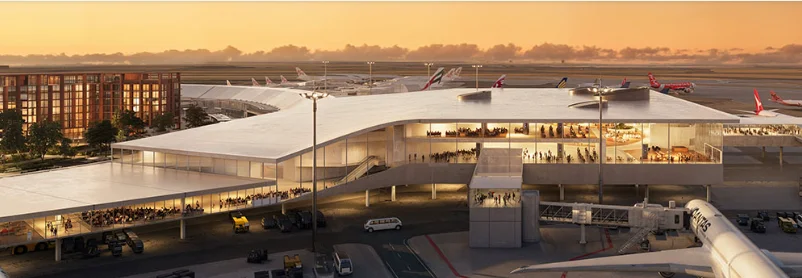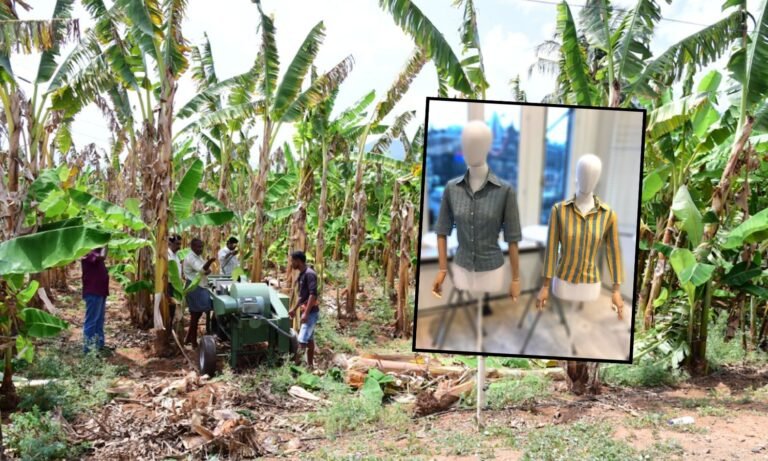What Embedded Green-Eco Design and Facilities are factored in? A suppliers dream.
The Perth Airport designed by Australian Woods Bagot Architects will be one of the most significant infrastructure projects in Western Australia this decade. This redevelopment is part of a broader $5 billion capital works program, marking it as a once-in-a-generation investment that will redefine Perth Airport’s role as a key gateway to Australia .
Airports have become mini-activities-cities.
Think of multi-award-winning Singapore ‘Changi’ with internal manmade waterfall and butterfly enclosure, to roof top swimming pool and jacuzzi with panoramic views. But beyond the sparkle of holiday travel, these monoliths account for mega-tonnes of Green House Gas (GHG) emissions and waste, not including the carbon footprint of aircraft fossil fuels.
Integrated Sustainable Design: How Future Airports Are Built for Planet and People
Airports worldwide are transforming into climate-resilient, net-zero transport hubs through integrated sustainable design. Long-term masterplans — from Heathrow and Schiphol to Perth and Changi — now target 30–50 years of carbon-neutral growth. These strategies focus on land use efficiency, resilient infrastructure, and biodiversity integration, all while enhancing connectivity and reducing environmental impacts.
- Co-partnering with Nordic Office of Architecture, Scandinavia’s leading aviation design firm, renowned for simplifying complex problems and delivering outstanding architectural designs, as demonstrated by their work on Bergen and Oslo Airports.
- Cundall and Klaus Bode Consultancy was engaged to drive impactful sustainability design outcomes across all aspects of the projects. Targeting 5-star Green Star rating.
- Local engagement and participation are key components of the team composition, with several Western Australian-owned businesses included, such as Indigenous Employment Solutions (IES), UDLA (landscape architecture), and Artify (art consultancy).
Architecturally, the shift is visible: passive design strategies maximize natural light, airflow, and thermal mass; modular construction with low-carbon materials cuts waste and speeds up timelines. Airports are also embracing technologies such as geothermal systems, solar arrays, and battery microgrids to reduce emissions and power operations independently. Smart systems, including AI-powered building controls and digital twins, monitor and optimize everything from energy use to passenger flow. Water-saving systems, SAF-ready fueling infrastructure, and green certifications like LEED or Green Star complete the picture.
Case in point: Singapore’s Jewel Changi integrates a living forest under glass, while San Francisco’s Terminal 1 is all-electric and LEED Platinum certified. As Perth Airport begins its $5 billion transformation, sustainability isn’t just a feature — it’s the foundation.
Given the project’s scope – part of a broader $5 billion infrastructure investment aimed at enhancing the airport’s capacity and passenger experience – it’s anticipated that the new domestic terminal and an expanded international terminal will be operational by the end 2030, aligning with Perth Airport’s goal to serve 20 million passengers.
Currently, about 40,000 people traverse through the airport every day generating around 3 tonnes of non-hazardous, operational waste across the airport campus.
The design phase is currently underway, with Woods Bagot collaborating with international firms Nordic Office of Architecture, Architectus, WSP and other firms to carry out the design-phase for this once in a generation project.
Perth Airport > Read More
Woods Baggot > Read Here















